#filter feeder
Text



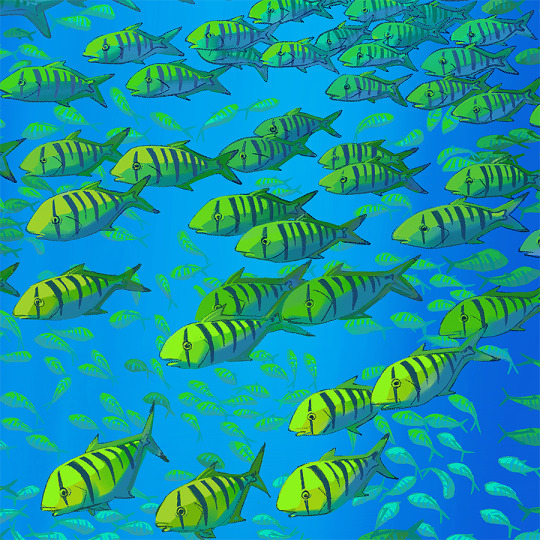

Fields of Fish
Prints | HD Wallpapers
#artists on tumblr#art#digital art#concept art#nature#painting#ocean#sea#whale shark#golden trevally#fish#schooling fish#shoaling#filter feeder#landscape#water#light#original art#diving#scuba diving#outdoors#swimming#allisonchinart
152 notes
·
View notes
Text

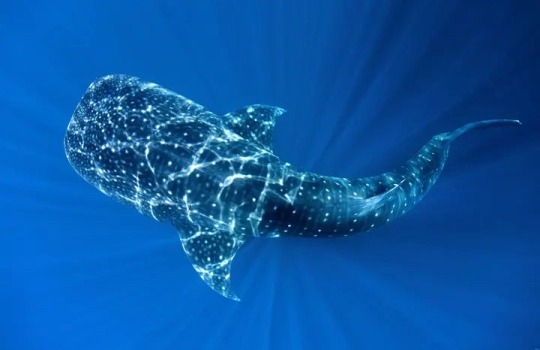
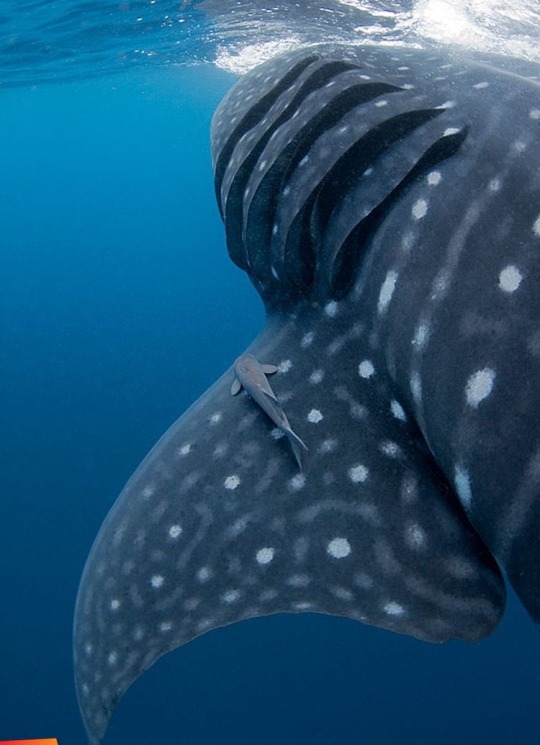

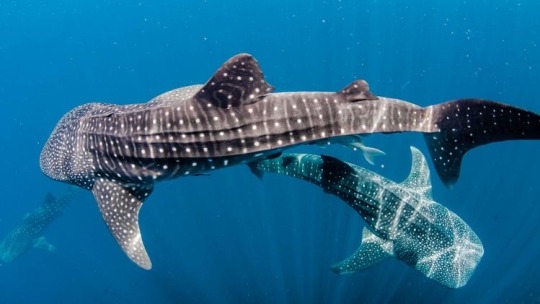
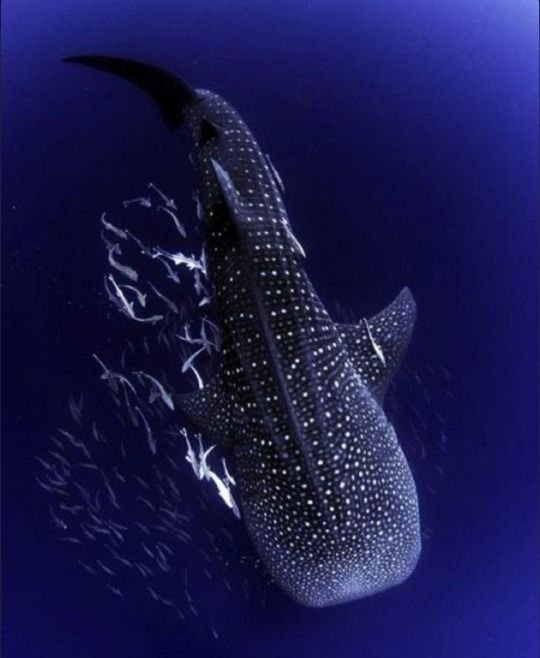
Whale Sharkies 🐋 🦈 ~~~
#whale shark#whale#shark#dotted shark#polkadot#patterned shark#filter feeder#harmless shark#cute sharks#friendly sharks#pretty sharks#sharkies#whalewatching#children of the whales#whale weekly#ocean#oceanlife#oceanography#marine life#marine animals#marine photography#ocean photography#animal photography#whale shark photography#whale photography#shark photography#pacific ocean#atlantic ocean
601 notes
·
View notes
Text
🦈Daily Shark Fact:🦈
Whale sharks have tiny teeth on their eyes! It was recently discovered that whale sharks even have dermal denticals on their eyeballs! The research found that the denticals on the eye are different than those on the body and performed suited specifically to abrasion resistance. (Denticals are V-shaped 'scales' that make up a shark's skin and they vary in shape from species to species)
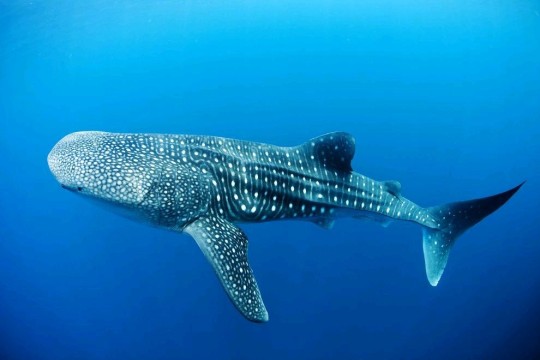
#whale shark#shark#sharks#shark facts#daily shark facts#shark blog#advocacy for sharks#respect the locals#elasmobranch#cartilaginous fish#gentle giant#filter feeder#sharks are friends not foes#shark lover#shark post#save the sharks#sharks dont infest the ocean#shark awareness
120 notes
·
View notes
Text

Paleovember 2023, Balaenognathus!
Another recently described genus of 2023, Balaenognathus is a small pterosaur with a roughly 3 foot wingspan coming to us from Late Jurassic Germany. As you can probably see, this pterosaur was adapted for filter feeding, with a mouth so full of long teeth that it wouldn't have been able to fully close it's mouth in life!
#Balaenognathus#pterosaur#pterodactyl#jurassic period#germany#archosaur#paleontology#paleoart#paleomedia#prehistoric#filter feeder#illustration#art#artwork#cartoon#animal art#procreate#artist on tumblr
57 notes
·
View notes
Text
History Giants: Titanichthys clarki

Ti. clarki is among the largest known placoderms we have fossil record off, remains of their jaws, skull and shield bones are found scattered but some complete specimens offer a complete view of this peculiar and possible first large filter feeding vertebrate from the late devonian. AMNH 7315 or AMNH FF 7134 (IDK why the different ID from Engelman reference) represent one of the biggest known specimens recovered alongside the Moroccan Ti. termieri, having a head length of 75 cm and extended flat a breadth of 1.4 meters.

Engelman paper on Dunkleosteus body calculation used the measurements of this specimen alongside the smaller but quite complete CMNH 5768 implementing OOL giving on both specimens a body size of 3.7 and 4.15 meters respectively, making this one of the few placoderms that can rivalice in length to Dunkleosteus.
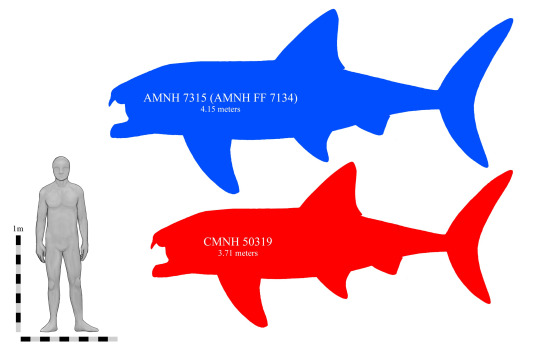
Reconstructing Titanichthys
If you are wondering about some details on this reconstruction looking this way, proportions, shape of the head and the strange "fang" on the front that lacks many recons is because I spend some time trying to check how to reconstruct properly this armored fish, which ended up with this skeletal reconstruction
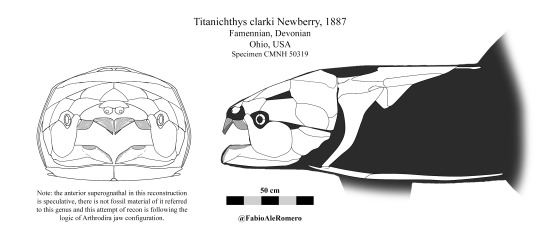
This already comes from what I tried to do several months ago with the need to properly reconstruct this placoderm since the available figures and references seem not to expose several elements, even those that we do know exist which are not often highlighted in the paper skeletal reconstructions. in this case the base of everything is mostly from CMNH 50319, perhaps one of the most complete Titanichthys with material described online (scale bar 1 m)
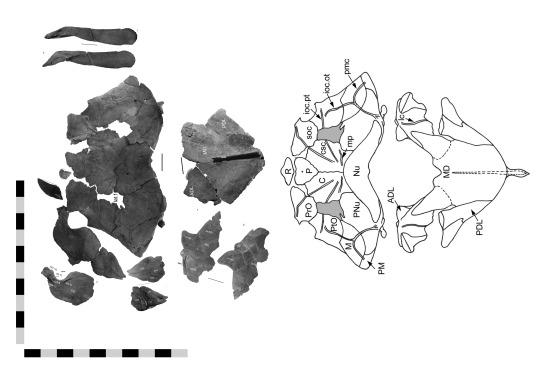
I was not just comfy about doing this reconstruction based only in sketches, so instead on assuming proportions by digital sketches in a 2D way, I spend few weeks working my way into blender and modeling each pieces I did build a basic model from most of the bone that forms the whole skull and thoracic shield bones, the model for the moment is not available anywhere, and I don't think I could share it online for the moment.

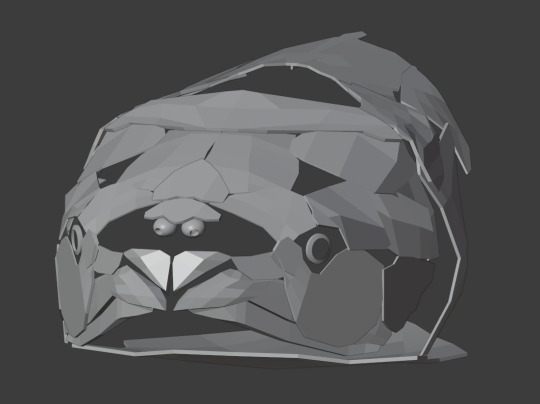
Every minor thing that is not know is being filled with other of its relatives such as Bungartius and Tafilalichthys, both species the most close relatives on few cladistic trees. Unlike the filter feeder, these two are known to might have been hard prey eaters, they are relatively more complete and better preserved so they work out as a reference base being one of the most useful aspects the lacking elements of the jaw.
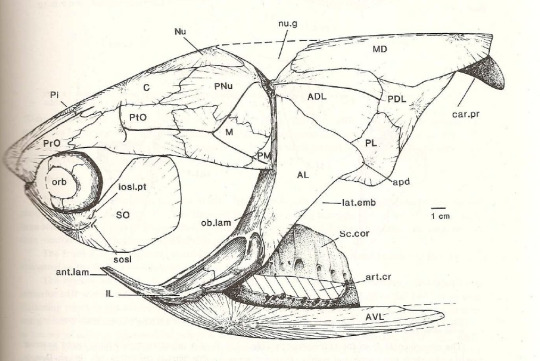

Probably is important to remark a lot of mounts that are used as references are pretty incomplete in the front, with also the lower jaw being backwards, the extreme of the jaws should be touching in V shape and the notch probably was filled with cartilage called a meckel's cartilage.
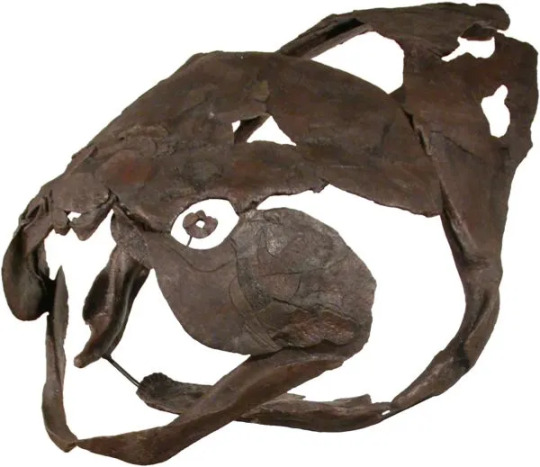

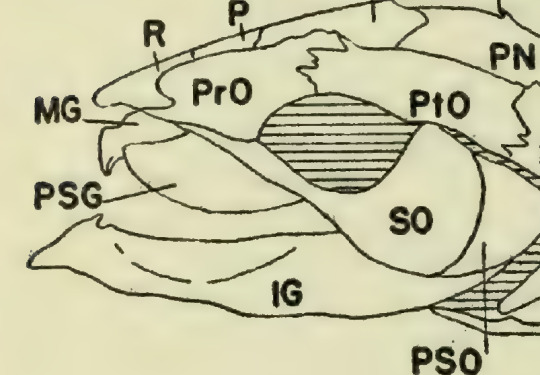

In general picking Bungartius as a sample the upper jaw possess the complete set of superognathal plates, the upper jaw bones that exist on all placoderms, in many species vary in size and shape, which even Titanichthys there is some evidence of a Posterior Supergnathal Plate along the complete specimen (PSG, see above), but not the Anterior (MG or ASG), inferring from the position of both supergnathal and the articulation of the cheek bone where the inferognathal fits, this hypothetically could mark how these bones configurated in the skull.
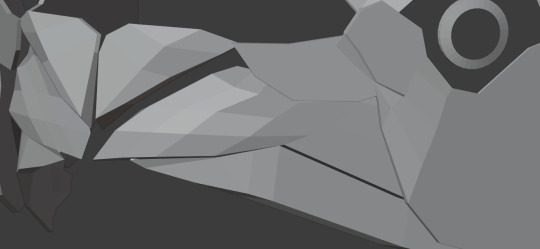
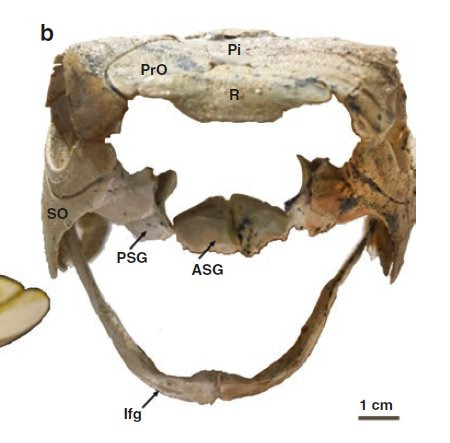
Eye with this, my reconstruction is speculative, based on how these bones articulates on other specimens, new evidence and more material could provide a more accurate conclusion.

Compared to Dunkleosteus is amazing that level of diversity these reached on the last days of the Devonian, both belonging to two totally different radiations of Arthrodira they grew to become the giants of their time, though currently with this body reconstruction Dunk remains very robust on body shape compared to the more compact shaped Titan.

BTW for those curious how it would look like with its jaw closed.
94 notes
·
View notes
Text
Death of a leedsichthys problematicus

#paleoillustration#paleo meme#paleo art#paleontologist#paleozoic#paleoblr#paleoart#paleontology#paleostream#leedsichthys#jurassic period#rhamphorhynchus#liopleurodon#ocean#lineart#sketchbook#whale#filter feeder#sponge reef
24 notes
·
View notes
Photo
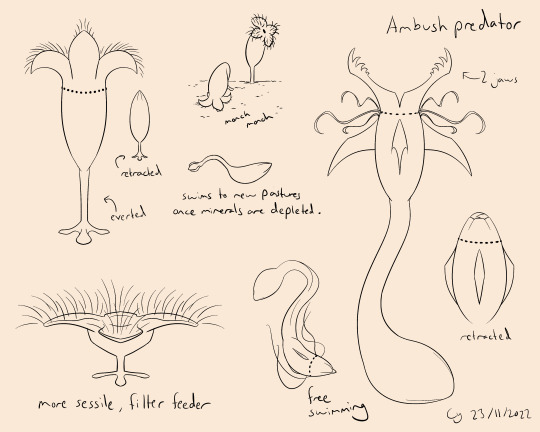
Some Creachurs in the same clade with very different lifestyles. Their common ancestor had 4-point symmetry, fed on minerals in rocks, and had metal “teeth”.
Top left: Gravel/coarse particle feeder. It attaches to substrate with a strong foot, swimming away when the area is depleted. They can also crawl/hop around for shorter distances. The dots below their four jaws are simple eyes, only able to see light and dark; this is enough for them to see the shadow of a predator and react, however!
Bottom left: A completely sessile organism that feeds on fine sand grains. Teeth feel more like a rough brush, and indeed, dead ones are often dried and used by Karraguls as brushes or scratches. Due to their delicate nature, they’re usually found in quieter waters than their cousins, and have greatly reduced eyes.
Right: A free-swimming, croc-sized creature that supplements its diet with flesh. Its toes have flattened and fused into a single paddle, and to accommodate its large jaws, two of them shrivel and die shortly after hatching. It uses its tentacles to capture sediment for feeding, as well as sensing the environment and locating prey. A big issue for Karraguls living near estuaries or on flood plains.
17 notes
·
View notes
Text

introducing the largest fish and shark out there!! the big filter feeders, the whale shark!! i just love these gentle giants :3
4 notes
·
View notes
Text

Does anyone know what I'm talking about :(
7 notes
·
View notes
Text
Long before whales, pioneering marine reptile was a filter-feeder
Artist’s reconstruction shows the Triassic Period marine reptile Hupehsuchus nanchangensis, based on fossils unearthed in China’s Hubei Province. Hupehsuchus is believed to have been a filter-feeder, akin to some of today’s baleen whales.
| Photo Credit: Reuters
The blue whale and other baleen whales, the gentle giants of the sea, sift huge quantities of tiny prey from ocean water using a…
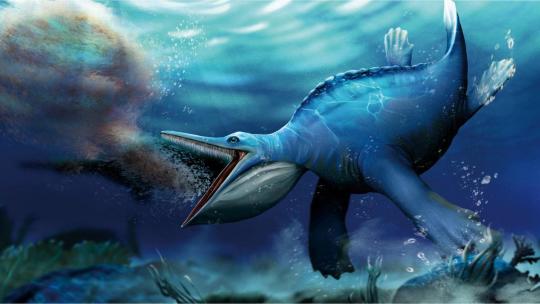
View On WordPress
0 notes
Text


adding another pic now just to make it a little different but. y’all see what i mean by they take up room right. inescapable
#feedism.#feeder/feedee#feedee.#hucow.#me#i just hate hate hate that community filter thing#don’t u dare tag this as that
1K notes
·
View notes
Text
RILEY VS THUNDER
riley: dear god get the fuck away!!!!!!!!!!!!
thunder: *gets loud and knocks riley off the living room couch getting louder and louder and louder*
riley: *delayed reaction* JESUS CHRIST! *stands up and sits back down on the couch*
thunder: *leaves riley alone for a 39 minuets then lets out a gigantic boom behind her*
riley: GO AWAY!!!!!!!!!! *gets up to go make ramen*
thunder: *waits for riley to start working on her book then gets a bit louder and startles riley enough to make this post*
riley *watching spongebob and waiting for the ramen to soak up the water i put in and tempted to add eggs and ham ponyo


riley: *also contemplating on sitting in my bathroom until the storm stops*
0 notes
Text
My pet peeve is that carcinisation got turned into a meme that "ALL ANIMALS EVOLVE TOWARDS CRABS XDXDDXDXD" when it's a very niche thing that only happens in crustaceans. Not even all of them, just some very few groups. That are all closely related to crabs anyways. It's not even that funny.
#I honestly don't know what that guy was thinking about when he made the term#it's convergent evolution. what you're seeing is convergent evolution. in very related groups.#you don't talk about the 184964 attempts of nature at making filter feeders anemonization or some shit like that#cosas mias#evolution#carcinisation
310 notes
·
View notes
Text
🦈Daily Shark Fact:🦈
Basking sharks (filter feeders) are very smelly. They are covered in thick mucus. This powerful mucus can not only corrode nets but carries an extreme stench that some say is capable of being smelled above water. The smelly slime covering their body is used to protect them from aquatic parasites.

#basking shark#shark#sharks#shark facts#daily shark facts#elasmobranch#cartilaginous fish#filter feeder#gentle giant#sharks are cool#shark blog#shark post#respect the locals#shark lover#advocacy for sharks#save the sharks#shark awareness#smelly shark
131 notes
·
View notes
Text
Did yall know that basking sharks can breach out of the water despite being a very slow moving and large shark, second largest in fact? Well, did you know that the speed that they breach out of the water is the same as a great white? Impressive for the second largest shark. The reason why the breach is unknown but theory suggests that it is to show off how big they are to potential mates.
#sharks#basking shark#shark facts#basking shark facts#i love these stupid big sharks#theyre filter feeders too
46 notes
·
View notes
Text
Diatoms have "C"-zed the Bay!

There’s a non-toxic bloom of Eucampia phytoplankton (the C-shaped chains and spirals of microscopic diatoms pictured in this photo) currently coursing through the kelp forests of Monterey Bay—including our own! Like a large puff of pollen, trillions of these itty-bitty algae make the water look hazy, as planktivores across the Bay rejoice.
The Aquarium runs on an open-seawater system—at night, we let unfiltered water from the Bay run through the Kelp Forest to allow algal spores and invertebrate larvae to move in, creating a lush and verdant display that's as close as you can get to a wild kelp forest without getting wetsuited up. And occasionally, planktonic passersby like Eucampia are even too tiny to be trapped by our daytime filters, milking their moment in the spotlight!
Thanks to water quality specialist/algaenius Chris for sharing this image of our seawater captured with a microscope during a routine plankton sample! Check out the bloom for yourself on our Kelp Forest Cam.
#monterey bay aquarium#all the filter feeders in the bay are having a plankTON of fun right now#plankton bloom has been going on for a while now guess they live to diatom another day#if you scoop some up in a container then they're algaenie in a bottle
667 notes
·
View notes